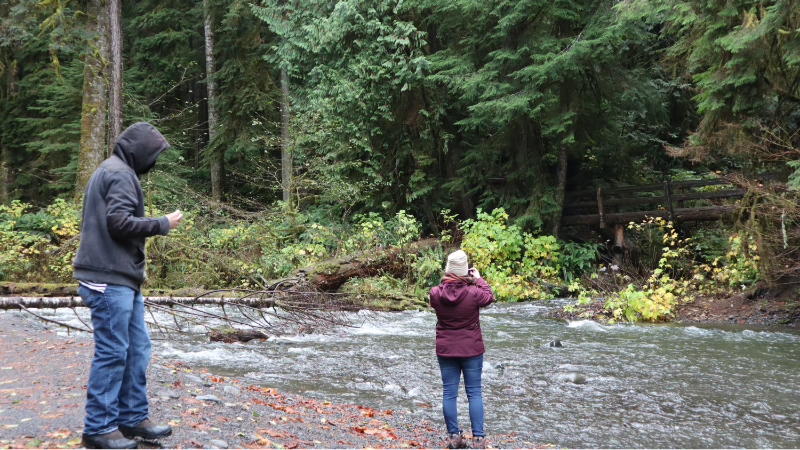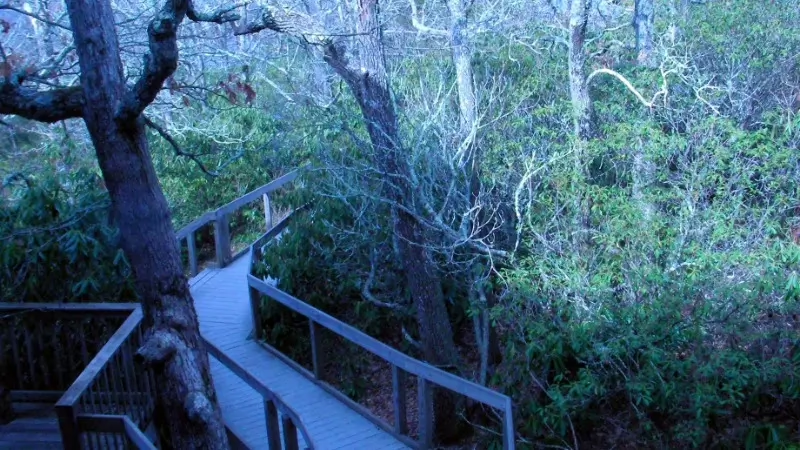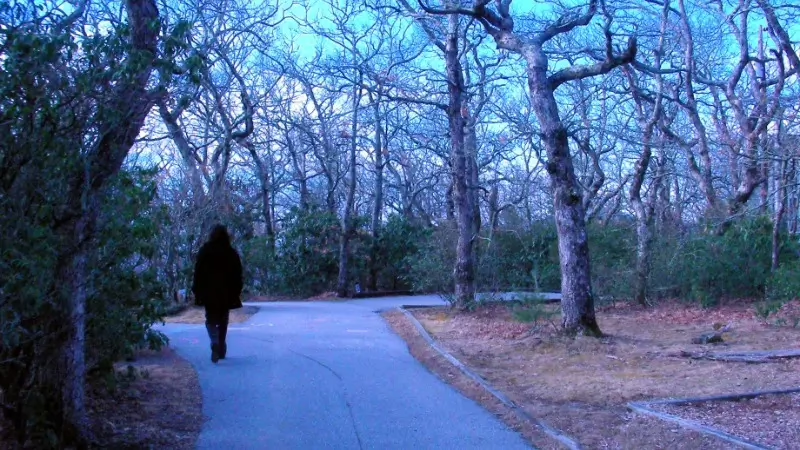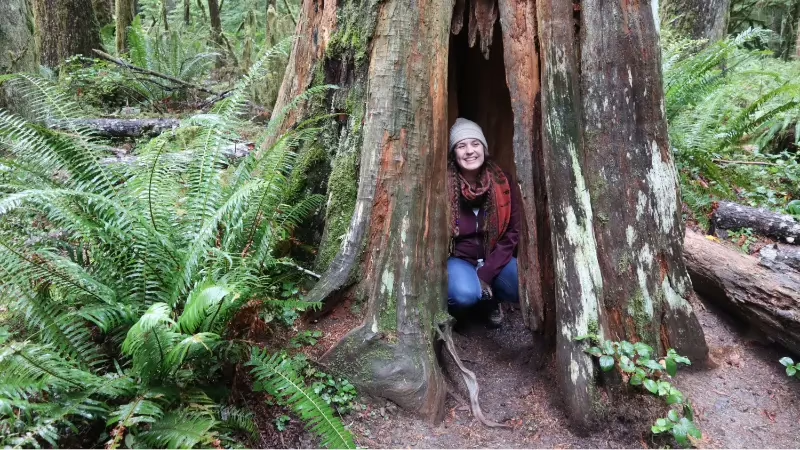
Table of Contents
Generalized Anxiety Disorder (GAD) is a common yet often debilitating mental health condition marked by excessive, persistent worry and tension. Unlike situational anxiety, Generalized Anxiety Disorder (GAD) does not necessarily require a specific trigger; individuals with this disorder may find themselves consumed by worry about finances, health, relationships, or even minor everyday concerns. While cognitive behavioral therapy (CBT) and medication are frontline treatments, many people are turning to complementary approaches to enhance their emotional well-being. One such approach is outdoor mindfulness.
Outdoor mindfulness, or intentionally practicing mindfulness in a natural setting, has been shown to reduce anxiety, promote emotional regulation, and improve overall mental health. For individuals living with Generalized Anxiety Disorder, this practice can be especially transformative.
Understanding Generalized Anxiety Disorder
Generalized Anxiety Disorder affects about 6.8 million adults in the United States, or 3.1% of the population, according to the Anxiety and Depression Association of America (2023). Symptoms of Generalized Anxiety Disorder include:
- Persistent and uncontrollable worry
- Restlessness or feeling on edge
- Difficulty concentrating
- Muscle tension
- Irritability
- Sleep disturbances
These symptoms can interfere with daily life, strain relationships, and reduce quality of life. Traditional treatments such as CBT, selective serotonin reuptake inhibitors (SSRIs), and anti-anxiety medications are effective but may not be sufficient on their own. Incorporating nature-based mindfulness practices offers a natural, empowering way to complement these treatments.
What Is Outdoor Mindfulness?
Outdoor mindfulness is the act of being fully present while immersed in nature. It involves using all five senses to engage with the environment, observing thoughts and sensations without judgment, and anchoring awareness in the here and now.
This practice is often part of Mindfulness-Based Ecotherapy (MBE) or nature-based mindfulness programs, which combine the benefits of ecological psychology with meditative awareness (Jordan & Hinds, 2016).
How Outdoor Mindfulness Helps with GAD
1. Reduces Rumination
One of the hallmarks of Generalized Anxiety Disorder is rumination, or looping negative thoughts. Research has found that spending time in natural environments can reduce rumination and quiet activity in the subgenual prefrontal cortex, a brain region linked to depressive and anxious thoughts (Bratman et al., 2015).
Engaging in mindfulness outdoors further enhances this effect. By directing attention to the wind on your skin, the sounds of birds, or the smell of pine, you learn to shift focus from anxious thoughts to grounded, present-moment awareness.
2. Regulates the Nervous System
Practicing mindfulness in nature engages the parasympathetic nervous system, often referred to as the “rest and digest” response. This helps reduce heart rate, lower cortisol levels, and ease muscle tension, physical symptoms commonly associated with Generalized Anxiety Disorder.
Studies show that people who regularly spend time in natural settings experience reduced physiological arousal and improved mood (Park et al., 2010). When combined with conscious breathing and nonjudgmental awareness, the benefits are even greater.
3. Enhances Emotional Resilience
Outdoor mindfulness helps people build emotional resilience, the ability to bounce back from stress or adversity. The unpredictability of nature, like changing weather, shifting light,and subtle animal sounds, requires moment-to-moment adaptation, which mimics and strengthens cognitive flexibility.
According to Kabat-Zinn (1990), mindfulness trains individuals to “respond” rather than “react” to stressors. Practicing this response style in a natural environment builds emotional strength and reduces the impact of future anxiety episodes.
Simple Outdoor Mindfulness Exercises for GAD
Here are a few accessible practices that can be done in your backyard, at a park, or in any nearby natural space.
1. Mindful Listening
- Sit or stand quietly outside.
- Close your eyes and focus only on the sounds around you.
- Try to identify as many distinct sounds as possible—birds, leaves rustling, distant traffic, and insects.
- If your mind wanders, gently return to the sounds.
This exercise reduces anxious thought loops by redirecting your focus to an external, calming stimulus.
2. Nature Body Scan
- Find a quiet, comfortable place outdoors to sit or lie down.
- Starting at your feet and moving upward, bring gentle awareness to each part of your body.
- Notice tension, temperature, or sensation.
- As you scan, remain open to the natural sounds and smells around you.
This can be particularly helpful for those with somatic anxiety, where physical symptoms contribute to mental distress.
3. Grounding with Touch
- Sit on the earth and place your hands on the ground or a nearby tree.
- Notice the textures, temperature, and sensations under your fingertips.
- Let yourself feel supported by the earth.
- Repeat an affirming phrase like “I am safe” or “I am supported.”
This tactile connection grounds you in the physical world and helps interrupt the anxious mind’s tendency to spiral.
Tips for Practicing Safely and Effectively
- Start small: Begin with five to ten minutes and build up.
- Choose safe, familiar places: A local park or garden can be just as effective as a remote trail.
- Use guided recordings: Apps like Insight Timer or Calm have guided nature meditations.
- Stay consistent: Regular practice is key to seeing long-term results.
- Work with a therapist: A certified Mindfulness-Based Ecotherapist can help tailor practices to your specific needs.
Final Thoughts
Generalized Anxiety Disorder can feel overwhelming, but healing is possible. By integrating outdoor mindfulness into your daily routine, you can develop a more grounded relationship with your thoughts, body, and the world around you. Nature provides not just a peaceful escape but a powerful tool for emotional regulation and resilience.
Whether it is a short walk in a city park or quiet time under a tree, every mindful moment spent outdoors is a step toward managing Generalized Anxiety Disorder more effectively and naturally.
References
Anxiety and Depression Association of America. (2023). Generalized Anxiety Disorder (GAD). https://adaa.org/understanding-anxiety/generalized-anxiety-disorder-gad
Bratman, G. N., Hamilton, J. P., Hahn, K. S., Daily, G. C., & Gross, J. J. (2015). Nature experience reduces rumination and subgenual prefrontal cortex activation. Proceedings of the National Academy of Sciences, 112(28), 8567–8572. https://doi.org/10.1073/pnas.1510459112
Jordan, M., & Hinds, J. (2016). Ecotherapy: Theory, research and practice. Macmillan International Higher Education.
Kabat-Zinn, J. (1990). Full Catastrophe Living: Using the Wisdom of Your Body and Mind to Face Stress, Pain, and Illness. Delacorte Press.
Park, B. J., Tsunetsugu, Y., Kasetani, T., Kagawa, T., & Miyazaki, Y. (2010). The physiological effects of Shinrin-yoku (taking in the forest atmosphere or forest bathing): Evidence from field experiments in 24 forests across Japan. Environmental Health and Preventive Medicine, 15(1), 18–26. https://doi.org/10.1007/s12199-009-0086-9
Share Your Thoughts!
What do you think? Share your thoughts in the comments below! And don’t forget to subscribe to our newsletter!










